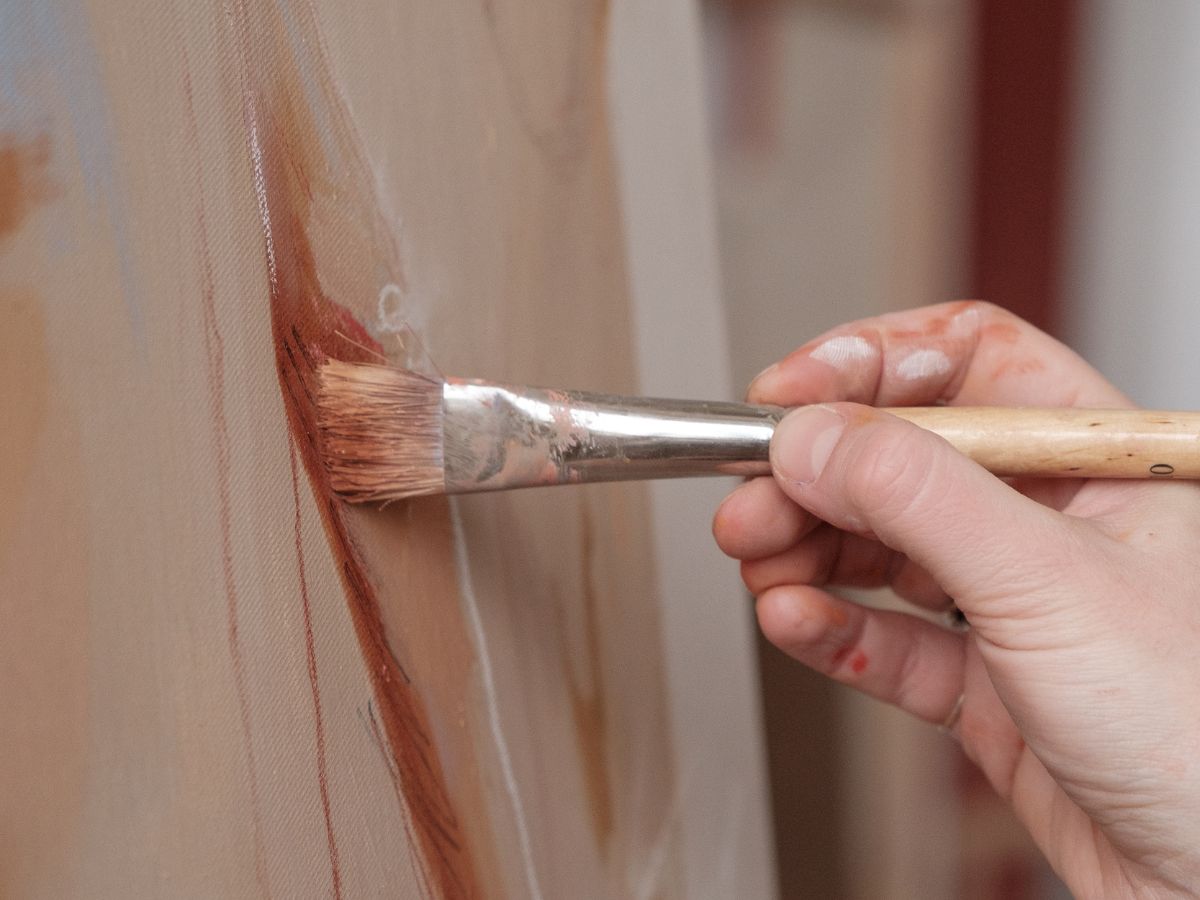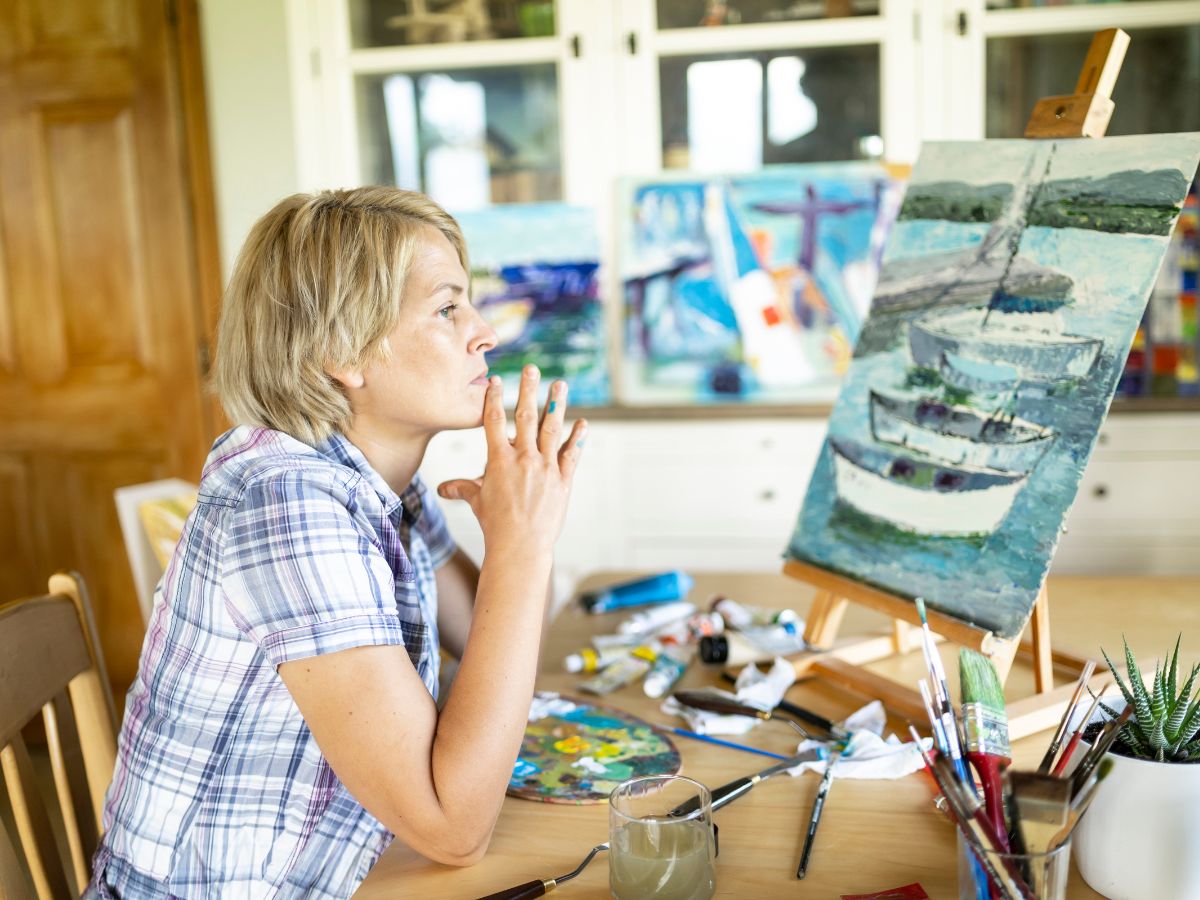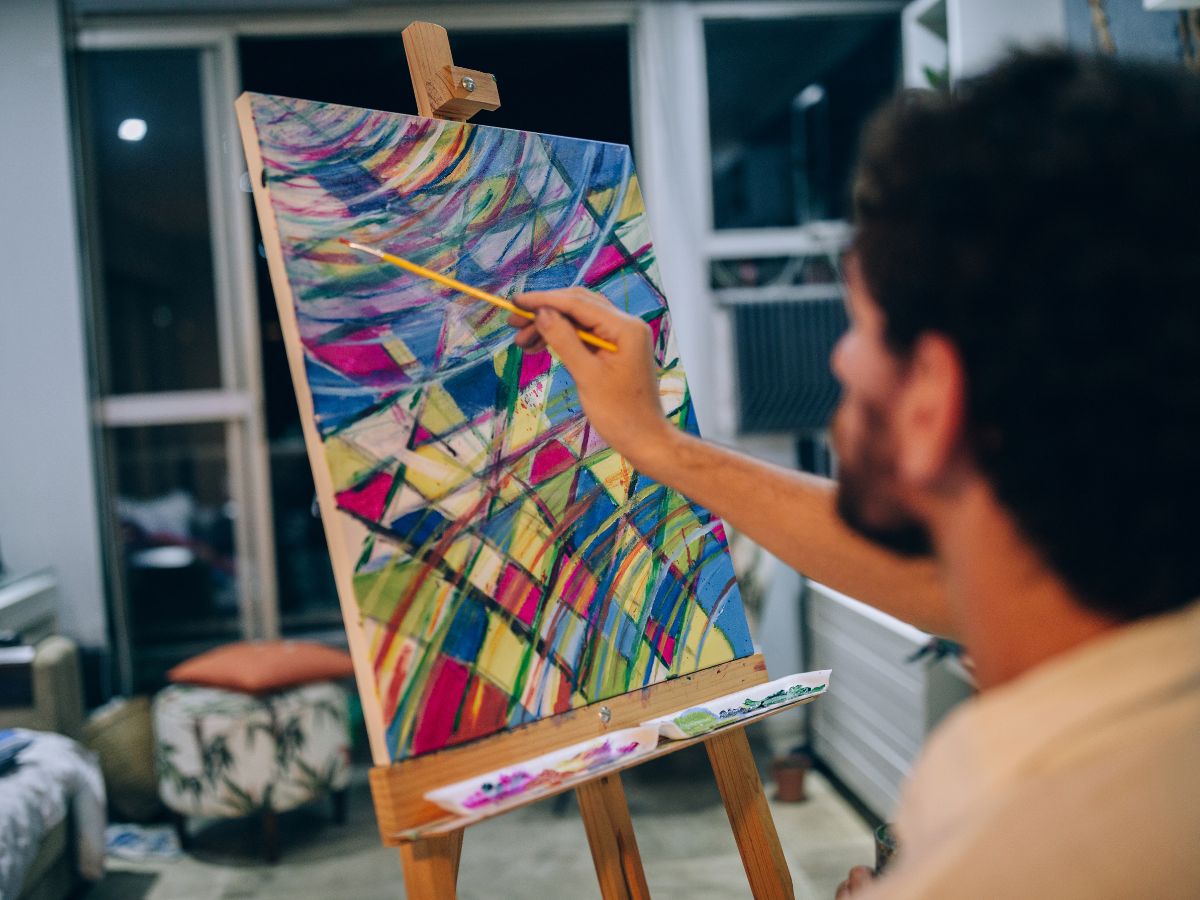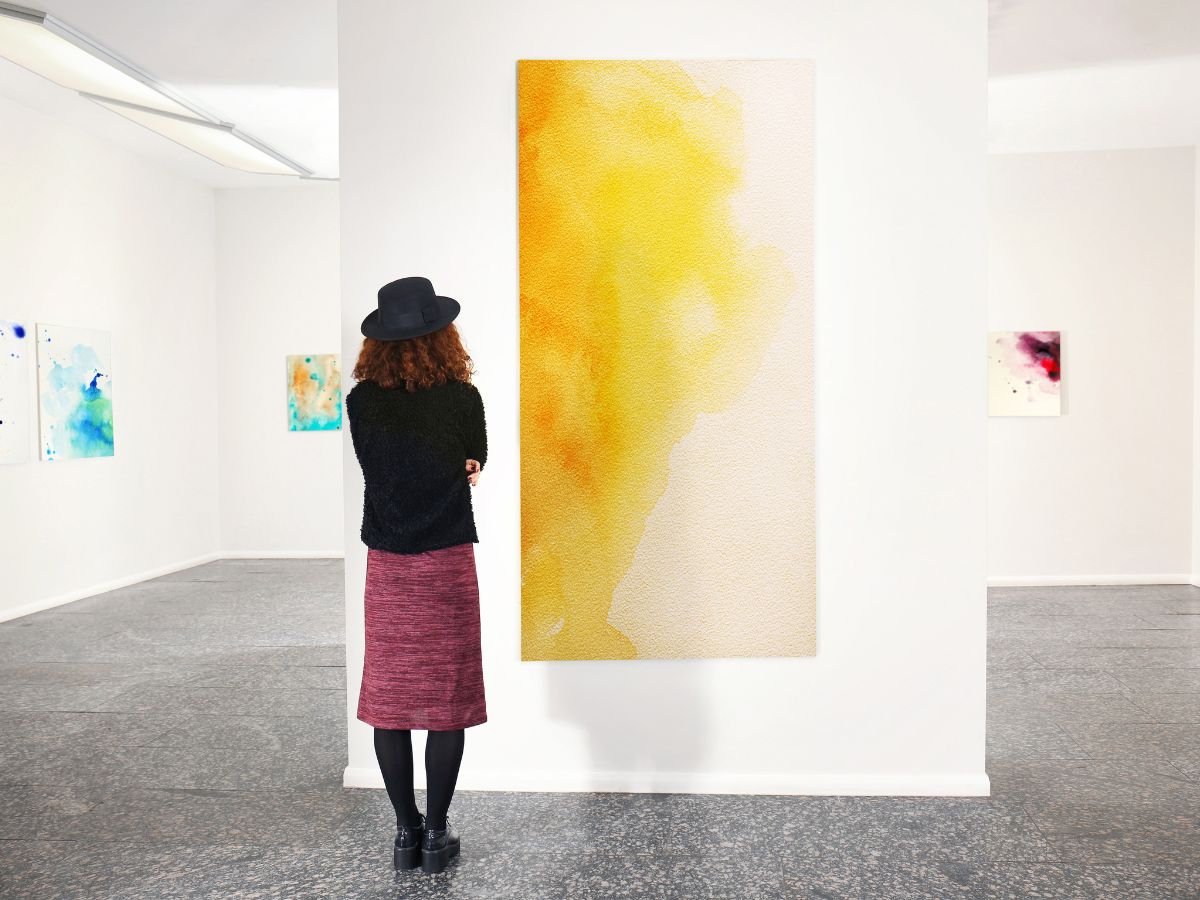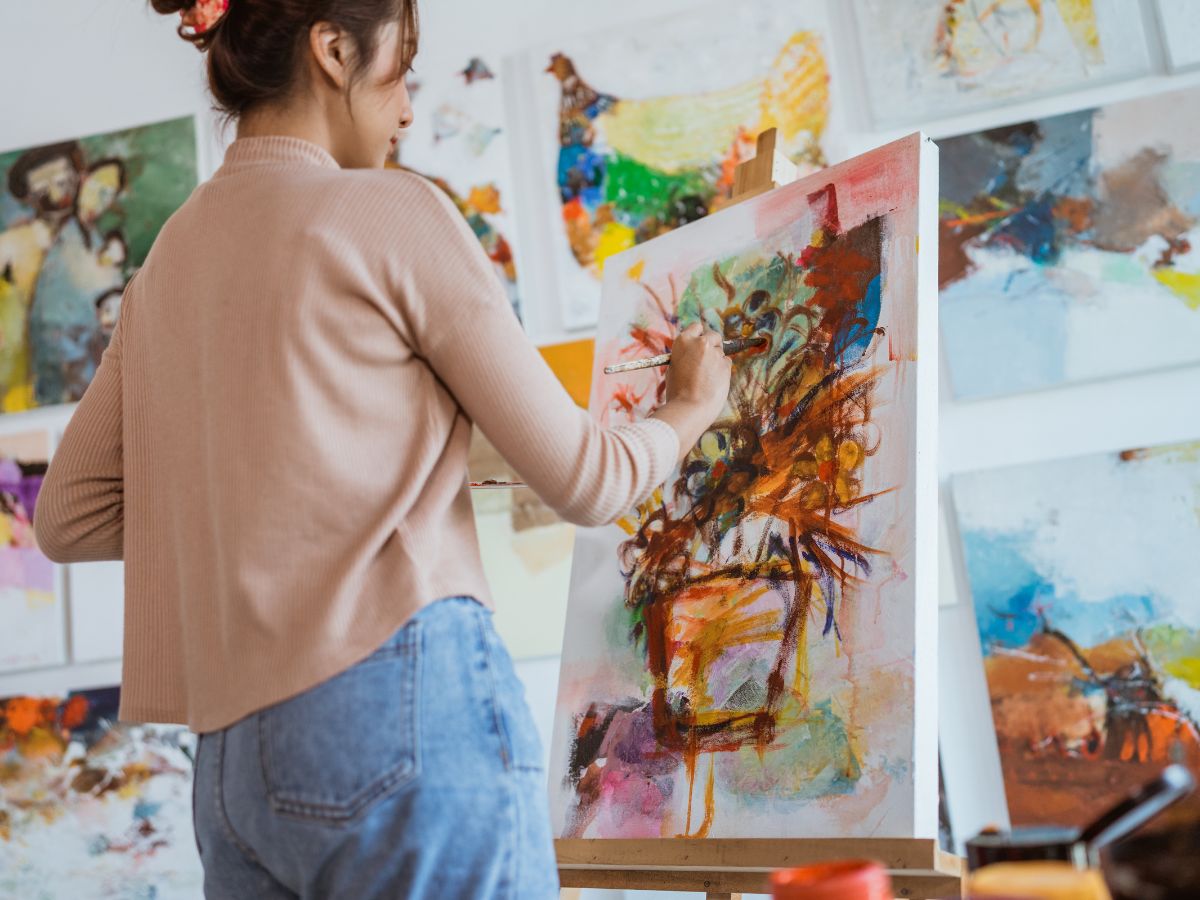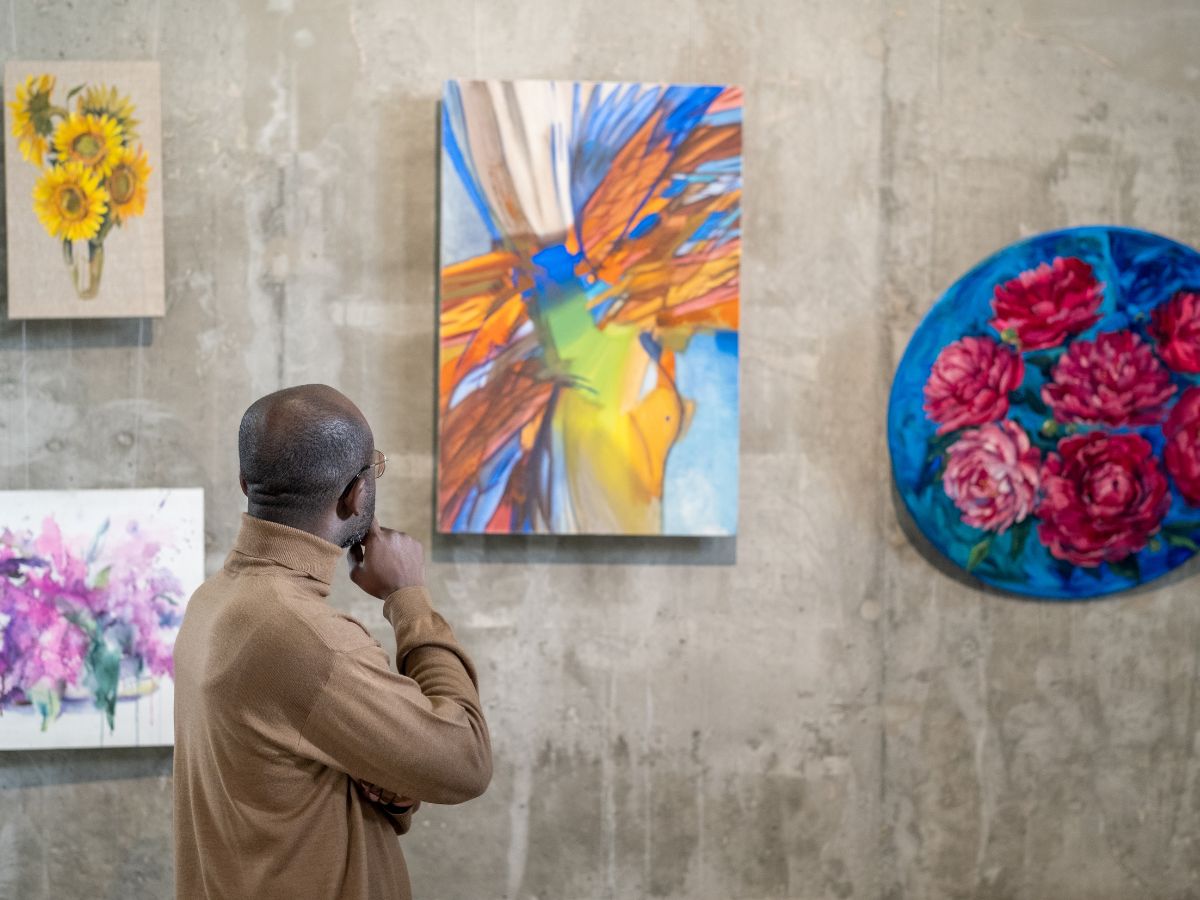
Does Canvas Need to Be Framed? A Practical Guide for Painters and Art Lovers
Artists spend time choosing materials, layering paint, and refining compositions, but once it’s finished, the big question usually comes up: Do I need to frame this canvas? The honest answer is it depends. There’s no strict rule, and both framed and unframed canvases have their place. What matters most is the artwork, your intent, and how you want it to be experienced.

